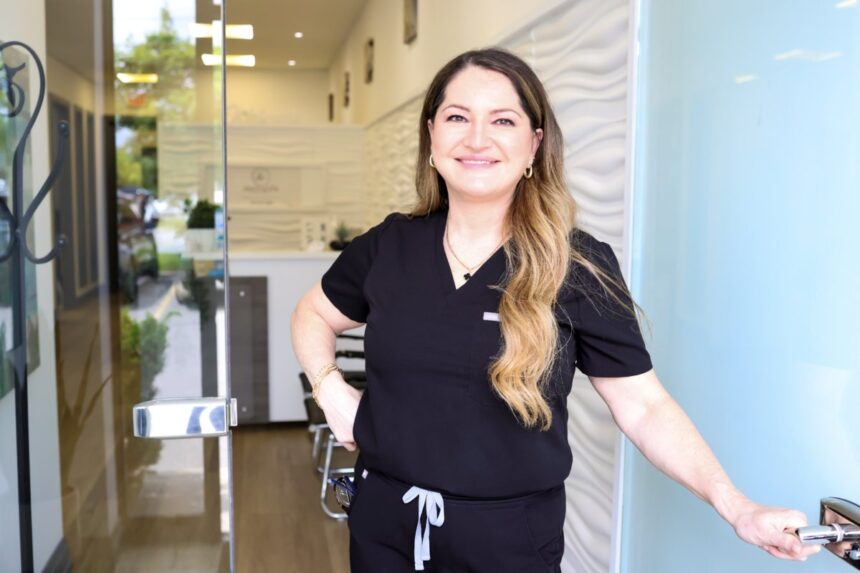In an era where accessing primary healthcare can feel like navigating a labyrinth, Aurora’s NOW Health Clinic has emerged as a beacon of innovation, addressing critical gaps in patient care that have left many Ontarians without reliable medical services. The clinic, which opened its doors earlier this year, represents a forward-thinking approach to healthcare delivery at a time when nearly 2.3 million Ontario residents lack a family doctor.
“We recognized there was a growing disconnect between what patients need and what our healthcare system currently provides,” explains Dr. Sarah Macdonald, the clinic’s founder and medical director. “Our model directly addresses this gap by combining traditional medical care with innovative scheduling and technology that puts patients first.”
The clinic’s patient-centered approach contrasts sharply with the fragmented care many experience in Ontario’s healthcare system. While traditional practices often struggle with accessibility and continuity of care, NOW Health has implemented extended hours, virtual consultations, and same-day appointments—services that have become increasingly rare in the province’s strained medical landscape.
What sets NOW Health apart is its integrated care model, bringing together family physicians, nurse practitioners, and mental health professionals under one roof. This comprehensive approach allows patients to receive coordinated care without navigating between disconnected specialists, a common frustration in the current healthcare environment.
The timing couldn’t be more critical. Recent data from the Ontario Medical Association indicates the doctor shortage could worsen significantly, with projections suggesting the province may need an additional 4,800 family physicians by 2026 to meet population demands. This shortage has led to overwhelming pressure on emergency departments, which increasingly serve as default primary care providers.
“We’re seeing patients who haven’t had consistent medical care in years,” notes Nurse Practitioner Emily Chen. “Many have been managing chronic conditions through emergency room visits or walk-in clinics, neither of which can provide the continuity needed for optimal health outcomes.”
The clinic’s innovative approach includes a membership model that ensures financial sustainability while maintaining accessibility. Unlike concierge medical practices that charge prohibitive fees, NOW Health offers tiered options that make comprehensive care available to a broader population. Basic preventative services remain covered by OHIP, while enhanced access and specialized services are available through affordable membership plans.
Digital health integration forms another cornerstone of the clinic’s model. Patients can book appointments, review test results, and communicate securely with healthcare providers through a dedicated portal—reducing administrative barriers that often impede timely care. This technological approach has particular appeal to younger patients and families juggling busy schedules, but the clinic ensures traditional access methods remain available for those less comfortable with digital tools.
Community response has been overwhelmingly positive, with the clinic reaching capacity far more quickly than anticipated. This rapid growth highlights both the success of their model and the severity of the healthcare access crisis across the Greater Toronto Area.
Health policy experts are watching NOW Health’s approach with interest. “Models like this represent important innovations in primary care delivery,” says Dr. Marcus Wong, health policy researcher at the University of Toronto. “While they can’t replace systemic changes needed in our healthcare system, they demonstrate viable alternatives that could inform broader reforms.”
As the provincial government continues to grapple with healthcare restructuring and funding challenges, clinics like NOW Health raise important questions about the future of medical care in Ontario. Can patient-centered innovations at the practice level help bridge the growing gaps in our healthcare system, or will more fundamental policy changes be required to ensure all Ontarians have access to the care they deserve?










